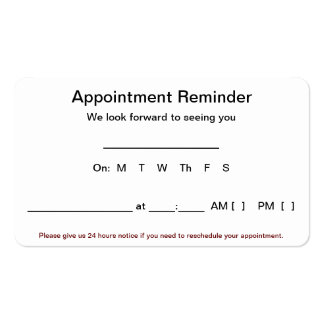(regardless of industry) has at least one story of an encounter with a peer, manager, or executive that behaved this way, and many professionals unfortunately face this situation on a daily basis.
That brings us to what is one of the most important, yet difficult to achieve, aspects of management and leadership in general — keeping an open mind. Unfortunately, this concept is utterly disregarded by many individuals in leadership positions throughout the corporate world today.
The reasons for this disregard can be somewhat varied, so let’s take a look at a few of the major points that feed this issue:
The Quest for Glory
All people in the workforce want to have shining moments in their careers, times where they achieved greatness. However, during the pursuit, many individuals put their blinders on, get caught up in the chase, and only see what their contributions can bring to table, pushing everyone else aside so they themselves can take center stage.
In the corporate world’s current climate of the “me, me, only me” mentality, facing the fact that they do not have all the best answers or solutions is very disconcerting for the person involved — it shatters the illusion of self-perfection that they have built up within their own mind. So, in order to avoid facing that reality, they live in absolute denial of the truth, causing everyone around them to suffer for their delusions.
Power Corrupts
As the old adage goes – it’s very easy for the power of leadership to go to a person’s head – however, that can only occur if it is allowed to happen. So, when professionals have their egos in check, this trap can be avoided.
How? Well, in order to achieve this, a conscious choice must be made to ensure they really listen and contemplate other possibilities when they are presented. True leaders must continuously bear in mind that just because they are in a management position does not mean that they always have the best ideas or solutions. Learning early on that swallowing the pride and being open to new perspectives allows professionals to broaden not only their own horizons, but that of their respective companies as well.
Those that master and maintain this perspective will ultimately become very formidable individuals, not only in business, but in life as well.
The Fear of Inadequacy
Another major reason many individuals in leadership positions have difficulty keeping an open mind is, quite simply, fear. This fear manifests itself in the mind so that when managers/leaders feel that if they do not present the best ideas and solutions at all times; it will make them appear weak or incompetent to their departments, peers and upper management.
However, the reverse is actually true. By being a tyrant and closing their minds to other possibilities, it makes the leader in question appear, rigid, unyielding, and unapproachable. That perspective then has a domino effect which spreads like wildfire among other members of the organization. People will begin to avoid the manager in question at all costs, and/or keep themselves at arm’s-length in every encounter to minimize contact. Not a very productive scenario at all.
Every person in business should work to ensure that this fear does not control their thought processes
.
Maintaining Perspective
In summary, all business professionals should strive to be open to suggestions from their peers, team members, and subordinates. Keep the ego in check by facing the fact that no one person can know it all, no matter what level their position is within the hierarchy.
When good, viable options are presented by others, be sincerely grateful for the input and tell those individual(s) who presented the options that they are appreciated. That action will demonstrate to the other members of the organization that their perspectives matter, which has an extremely positive effect overall.
This in turn will also go a long way toward expanding a person’s own opportunities for growth and advancement, not to mention that it will place a professional on the path of true leadership, and help avoid the self-destruction of egocentric behavior.
15% Off All Business Cards
VIEW ALL CARDS
$60.05
$60.05
$60.05
$62.55
$60.05
$60.05
$60.05
$60.05
$52.55
$52.55
$60.05
$60.05



















